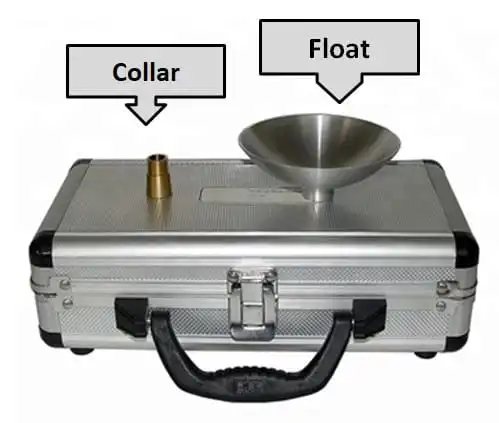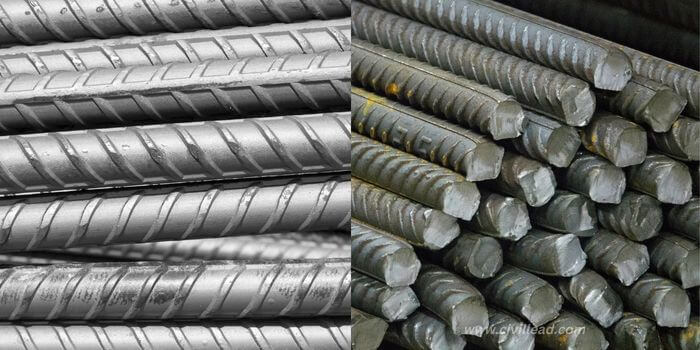SEO Meta-Description: Explore the various defects in timber and their impact on wood quality and structural integrity. This comprehensive guide covers the top 5 types of timber defects to help you make informed decisions in your woodworking projects.
Introduction: Unraveling the World of Timber Defects
Timber, a widely used material in construction and woodworking, is known for its strength, durability, and natural beauty. However, like any natural resource, timber is not immune to defects that can affect its quality and performance. Understanding these defects is crucial for anyone working with wood, whether it’s in construction, furniture making, or DIY projects.
In this comprehensive guide, we will explore the top 5 types of defects commonly found in timber. From knots and shakes to warping and decay, we will delve into the causes, signs, and implications of each defect. Armed with this knowledge, you can confidently select high-quality timber for your projects and identify the best applications for different timber grades.
Let’s dive into the world of timber defects and learn how to work with this versatile material effectively.
1. Knots: Nature’s Imperfections in Timber
Knots are one of the most common defects found in timber and occur when branches or limbs grow out of the main trunk of a tree. They create irregularities in the wood grain, often causing structural weaknesses and aesthetic variations.
Types of Knots
- Dead Knots: These knots are firmly fixed in the wood and do not fall out. They are more stable and less likely to cause problems in woodworking projects.
- Live Knots: Live knots are still attached to the tree and can sometimes fall out during the drying process or after the timber has been cut. They may leave voids in the wood, affecting its strength.
Impact on Wood Quality
While small and tight knots can add character to the wood, large and loose knots can significantly impact its quality. In some cases, knots may lead to the premature failure of wooden structures if not properly addressed during the construction process.
2. Shakes: Cracks in the Timber’s Armor
Shakes are cracks that develop within the timber due to natural factors or improper handling during the timbering process. These cracks can weaken the wood and reduce its load-bearing capacity.
Types of Shakes
- Heart Shakes: These cracks occur in the central part or heartwood of the tree, radiating outward. Heart shakes are often caused by internal stresses during tree growth or rapid drying of the wood.
- Cup Shakes: Cup shakes appear as splits along the growth rings of the wood, caused by stresses developed during the growth of the tree.
Identifying Shakes
Shakes can sometimes be challenging to detect, especially if they are not visible on the surface. However, careful inspection can reveal signs such as widened growth rings or discoloration.
3. Warping: Distorting the Timber’s Shape
Warping refers to the deformation of timber from its original shape due to changes in moisture content or temperature. It is a common defect that can affect both seasoned and unseasoned wood.
Types of Warping
- Cupping: Cupping occurs when the edges of a board are higher or lower than the center, creating a concave or convex shape.
- Bow: Bowing is a defect where the board curves along its length, resembling a bow.
- Twist: Twist is a defect where the board rotates along its length, causing the corners to twist out of alignment.
- Crook: Crook is a defect where the board curves along its width, resulting in a warped edge.
Preventing Warping
To minimize warping, it is essential to store timber in a dry and well-ventilated area before use. Additionally, sealing the ends of freshly cut timber can help prevent excessive moisture loss and reduce the risk of warping.
4. Decay: Nature’s Silent Destroyer
Decay is the deterioration of timber caused by fungal growth. It thrives in moist and humid environments, making untreated timber in contact with the ground or exposed to constant moisture particularly susceptible.
Identifying Decay
Decayed timber often exhibits a soft and spongy texture, with discoloration and a foul odor. In severe cases, the wood may lose its structural integrity, rendering it unsafe for use.
Preventing Decay
To prevent decay, it is crucial to protect timber from prolonged exposure to moisture. Properly treated and sealed timber is less likely to succumb to fungal attacks, ensuring its longevity and durability.
5. Splits: Cracks in the Wood’s Surface
Splits, also known as checks, are cracks that develop on the surface of timber due to changes in moisture content and temperature. These surface cracks can compromise the wood’s integrity and aesthetics.
Causes of Splits
Splits are typically caused by the rapid loss of moisture from the timber, leading to shrinkage and the formation of cracks.
Dealing with Splits
Small surface cracks can often be filled with wood putty or epoxy, restoring the timber’s appearance and preventing further splitting. However, deep splits that compromise the wood’s strength may require replacing the affected section.
Conclusion: Navigating Timber Defects with Confidence
Understanding the various defects in timber is essential for anyone working with this versatile material. By familiarizing yourself with knots, shakes, warping, decay, and splits, you can make informed decisions in your woodworking projects and ensure the structural integrity and aesthetics of your creations.
Next time you embark on a woodworking venture, remember to inspect your timber carefully and choose the best grade to achieve the desired results. With this knowledge in hand, you can confidently navigate the world of timber defects and create enduring and beautiful woodwork.
============================================







